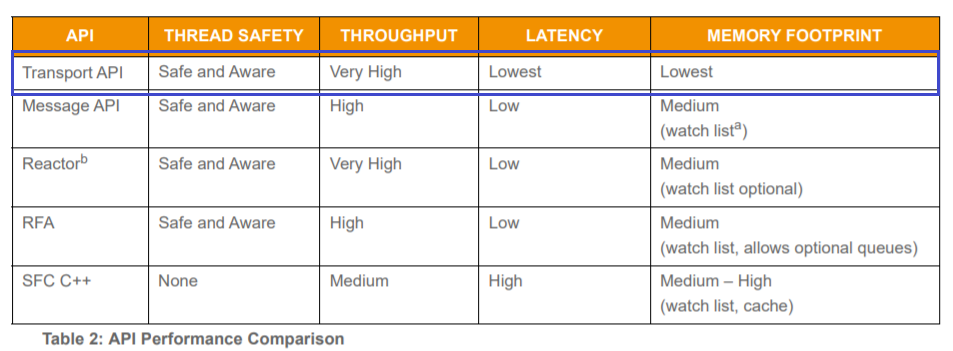We are in favor of choosing the RFA JAVA API. Is the API efficiently built in terms of garbage it generates? Since our application is latency sensitive, we expect no major GC cycles due to garbage from RFA JAVA API.
Also, Is there a recommended API to choose between RFA JAVA and RFA C++ APIs due to performance benefits.?
Can you please have your opinion?




